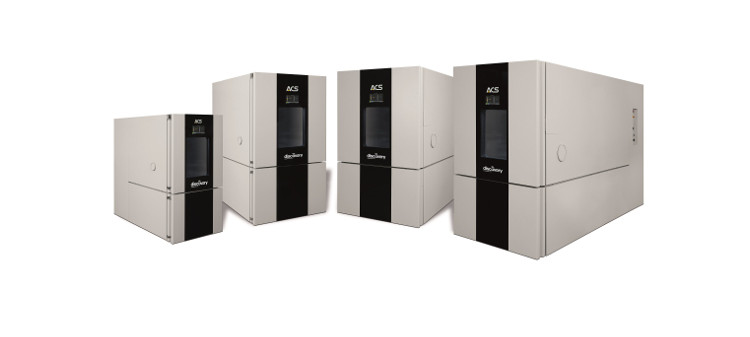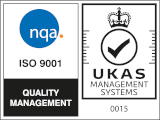WHY WOULD YOU USE AN ENVIRONMENTAL TEST CHAMBER?

An environmental test chamber is used to simulate and control specific environmental conditions to test how products or materials perform under different environmental stresses. The main reasons for using an environmental test chamber include:
1. Simulating Extreme Conditions
Environmental test chambers can replicate a wide range of conditions, such as temperature, humidity, altitude, and light exposure, to simulate real-world or extreme environments. This is particularly useful for testing products meant for harsh environments, like aerospace, automotive, and electronics.
- Temperature testing: Simulating extreme hot or cold conditions (e.g., testing for thermal cycling, resistance to freezing or overheating).
- Humidity testing: Assessing performance under various humidity levels, which can affect electronics, materials, and coatings.
- Altitude simulation Testing for performance at high altitudes or low pressure environments.
2. Accelerated Aging and Durability Testing
Environmental chambers can accelerate wear and tear by exposing products to stressors like high temperatures, UV light, and humidity for extended periods, which speeds up the aging process. This allows manufacturers to assess the long-term durability of products in a shorter time frame.
3. Quality Control and Reliability Testing
Environmental test chambers are used for quality control to ensure that products meet regulatory standards and performance specifications. They help manufacturers verify that their products can withstand the intended conditions over their expected lifespan.
4. Compliance with Standards
Many industries require testing according to specific standards, such as those set by the ISO, MIL-STD, or IEC organizations. Environmental test chambers are essential tools for meeting these standards, ensuring that products are safe and reliable in their operational environments.
5. Development and Design Optimization
During product development, engineers use test chambers to identify potential weaknesses and areas for improvement in the design. This allows them to make adjustments before mass production, reducing the risk of product failure in real-world use.
6. Electronics and Component Testing
Environmental chambers are widely used for testing electronics and components. Electronic devices often need to operate across a wide range of temperatures, humidity, and vibration, and a chamber can simulate these conditions to ensure their reliability.
7. Environmental Impact Studies
Environmental chambers can simulate conditions for materials and coatings to assess how they respond to environmental factors such as exposure to UV light, ozone, salt fog (for corrosion resistance), or pollutants.
8. Consumer Product Testing
In consumer goods industries, products like clothing, packaging, and household items may need to be tested for their ability to withstand various environmental conditions such as sunlight exposure, moisture, or temperature fluctuations.
9. Material Testing
10. Predictive Maintenance and Lifecycle Testing
For industrial machinery and systems, these chambers are used to simulate operational stress and wear over time, helping to predict when parts might fail or when maintenance will be needed.
By replicating real-world or extreme conditions in a controlled and repeatable way, environmental test chambers are essential tools for ensuring that products perform safely and reliably across their expected operational lifespan
